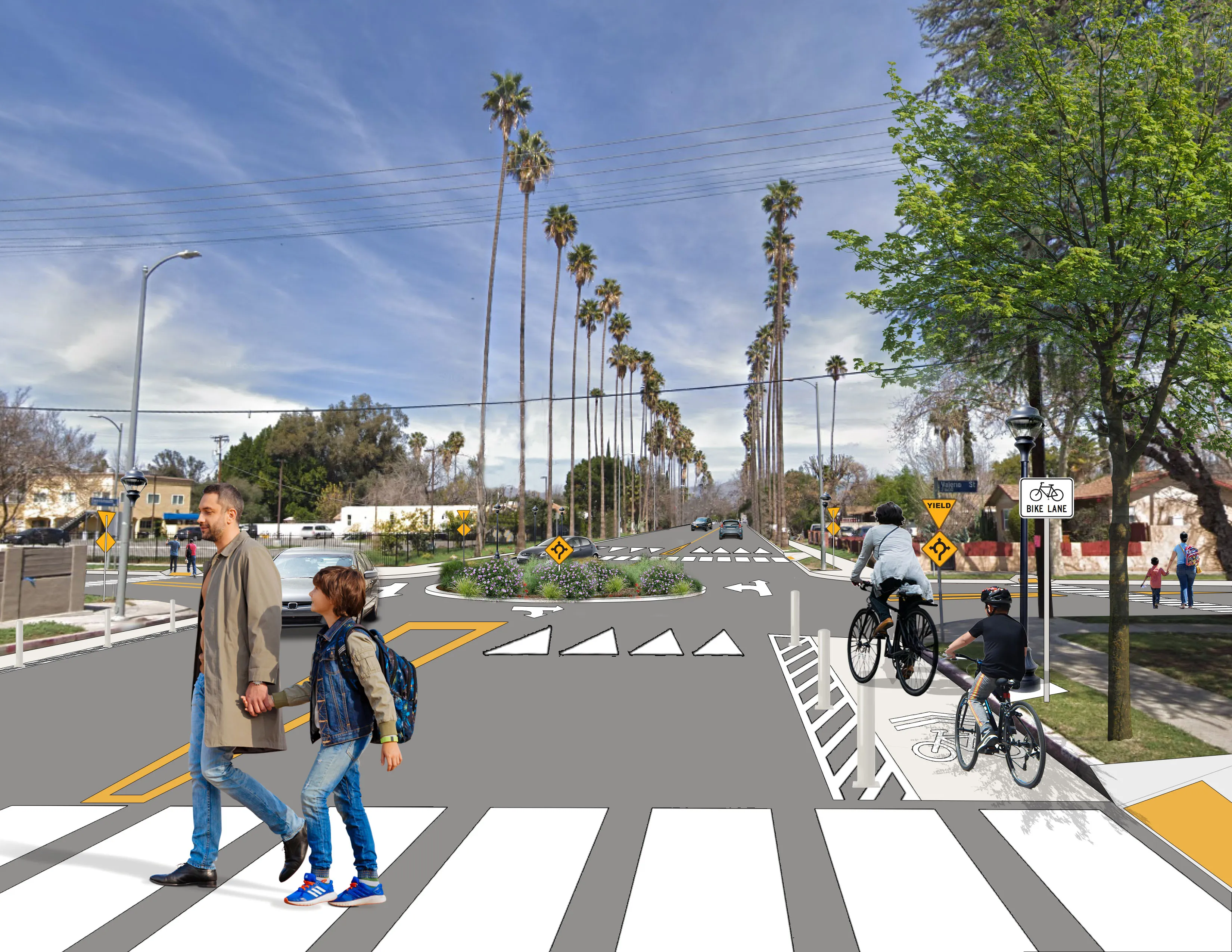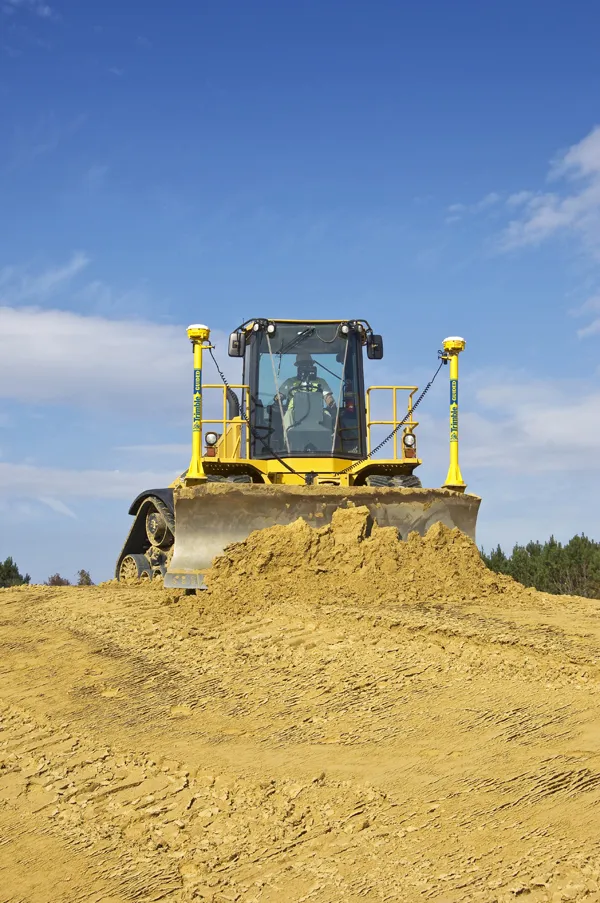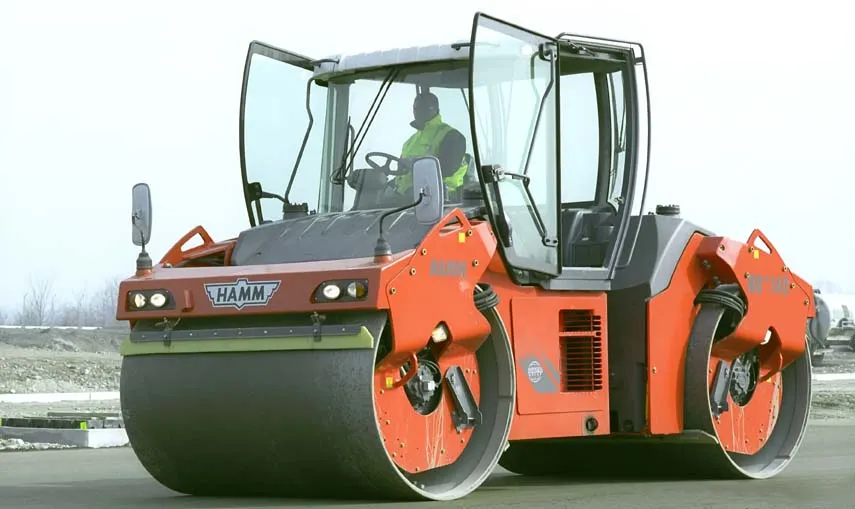
Key steps have been taken that will help improve data communications between construction machines onsite, as well as with back office technology. Digitalisation is a buzzword in the construction sector at present but its use reflects the advances in technology and the widespread realisation that this presents a major opportunity to deliver faster and more efficient construction operations.
The moves now being made by the German equipment maker’s association (VDMA) and the US Association of Equipment Manufacturers (AEM), are of vital importance for moving the construction machinery market forward.
Discussions will deliver improved efficiency for data communications between construction equipment due to the development of a new international standard. The International Organisation for Standardisation (ISO) is working with the AEM to optimise the flow of data between equipment and project stakeholders. An ISO Working Group is currently developing a global standard for worksite interoperability, with the group including several AEM members.
Meanwhile in Europe, the work is being carried out jointly by manufacturers and users to make the construction site of the future possible. The participants reached an agreement on standardisation for data being produced by construction and quarrying machines. This was achieved at a general meeting of the Working Group Machines in Construction MiC 4.0 in Berlin. The agreement now takes the ISO 15143-3 international standard into the next phase. And MiC 4.0 will pave the way for a quality assurance system. MiC 4.0 is an international consortium set up in cooperation with the VDMA and HDB and companies, universities and research institutions can become members.
The groups working on the complex issue of data compatibility in the US and Europe are tackling an important challenge. The need for standards covering the data generated by machines is becoming acute. The growing use of machine control systems onsite is a notable trend in the construction market, with many major projects now utilising this technology. Information from design models can now be used to generate machine guidance programs that are uploaded to the construction equipment. As-built data can then be recovered from the machines in real time, helping to deliver a more efficient BIM approach to construction projects.
Meanwhile, the machines also come equipped with telematics packages that are becoming increasingly sophisticated. Having started with simple systems showing operators when service schedules are due on a display, these can now be plugged into fleet management software.
Users can geofence machines so that they will only operate within a predetermined area or set alerts should they be moved without authorisation. The data can be uploaded from the machines wirelessly, providing as-built information. Machine performance and health can be monitored remotely, identifying when service schedules are due so that users can determine when is best for maintenance work to be carried out, with minimum effect on working schedules. Some telematics packages will also automatically inform a dealer when set service schedules are due, so that filters or seals for example can be ordered in advance. And information can be gleaned about machine wear and fuel use and how this correlates with operator performance, highlighting the need for additional training in some instances.
There are numerous benefits to construction efficiency as a result of the data machines generate and it is clear that digitalisation is an important advance for the industry.
However, one of the major barriers to making the best use of all this available data has been the differences between the machine control packages and telematics systems from different firms. While users of one telematics package may be able to view data on equipment from a different supplier, it may not be possible to utilise the information efficiently. This presents a major stumbling block for contractors with mixed equipment fleets. And onsite, where different contractors may be carrying out an array of works, the challenge for capturing and utilising all the data for BIM purposes becomes greater still.
The ISO Working Group is developing a standard, formally titled “Worksite Topographical Data Exchange”. This initially includes earthwork applications, including road building and site development and focuses on onsite radio corrections, digital terrain models, and overall jobsite information. The Working Group is aiming at final rollout for the standard by the end of 2021.
The purpose of this standard is to provide information enabling different providers of machine grade control systems to interoperate efficiently on the same worksite. On a similar note, the work being carried out in Europe is also focussing on data interoperability.
This standard relates to earthmoving machines, cranes, special civil engineering, road construction, concrete technology, building material plants and attachments. And the companies involved have already agreed on the individual parameters for a uniform understanding of machine condition data.
The common goal of this cooperation between manufacturers and users is to deliver a quality assurance system that will guarantee a uniform standard for the construction industry.
The results for the process data are to be determined in the course of this year and this will be followed by the work of the Data Rights Working Group. It is a topic for debate as no claims can be made to data sovereignty because there are no specific laws that regulate the ownership of machine data. At the moment, there is only the possibility to make contractual agreements which, for example, categorise the data, assign it to the contracting parties by licensing or create factual ownership through encryption and other technical measures.
In Germany, the System Architecture Working Group is dealing with the requirements for communications. Standards for the structures, processes and symbols for operating mobile machines are defined by the Human Machine Interface HMI working group. Manufacturers, machine users and system integrators are continuously working on a coordinated industrial standard. This will be followed by a standardisation process.
And the German research project, Building 4.0, is being funded by the Federal Ministry of Education and Research. It is a joint project of 20 industrial partners and two universities. Both universities presented the current state of research. They are working on the topics of automation and networking of working machines, 5G machine and construction site networking and solutions for digital processes on the construction site. The vision is to develop a completely digitalised, automated and flexibly adaptable construction site, with possibilities to simulate and optimise construction machinery and construction processes, to involve the operators as coordinators to increase efficiency and productivity and deliver new business models and value chains. This project is planned to run until 31st July 2022 and is costing €9 million, of which €4.8 million is government-funded.









